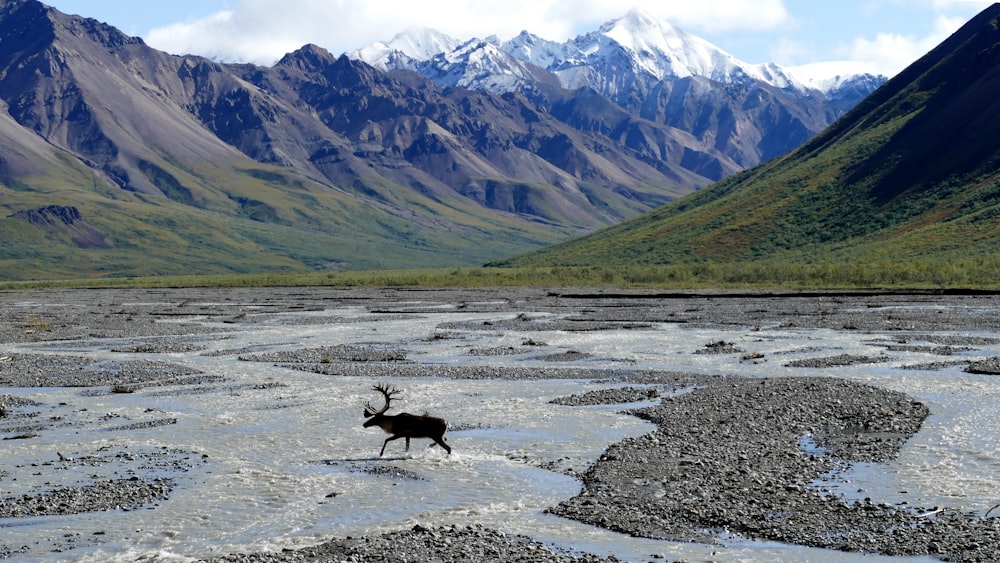Have you ever wondered if national parks are always as idyllic as they seem?
While these natural wonders undoubtedly offer breathtaking beauty and a chance to connect with nature, it’s important to acknowledge the flip side.
In this exploration, we’ll delve into the less glamorous aspects of national parks.
By shedding light on these potential downsides, we hope to provide a more comprehensive understanding of the complexities involved in managing these beloved destinations.
So, buckle up as we embark on a journey to uncover the nuances of national parks.
Key Takeaways
-
- National parks can sometimes have negative impacts, including overcrowding, ecological damage, and disruption of wildlife habitats.
-
- Overcrowding in national parks can lead to long queues, damage to trails, and disturbance of delicate ecosystems.
-
- Wildlife habitats can be disrupted by the high volume of visitors, leading to encroachment on natural spaces, increased stress for animals, and habitat fragmentation.
-
- National parks can have both positive and negative impacts on local communities, including economic dependence, strain on infrastructure, and increased housing costs.
-
- Inadequate funding and maintenance can result in a decline in the overall condition of national parks, deferred maintenance backlog, understaffing, and limited resources for conservation initiatives.
-
- Sustainable tourism is crucial for the long-term sustainability of national parks, and it involves mitigating the negative impacts of overcrowding, preserving ecological integrity, engaging local communities, and fostering collaboration and partnerships.
Overcrowding and Ecological Damage
When we think of national parks, we often picture pristine landscapes and an escape from the daily grind.
But, overcrowding is a reality that plagues many of these natural treasures.
The increasing number of visitors can put a strain on the park’s infrastructure and resources.
Overcrowding can lead to a host of issues, ranging from long queues at popular attractions to damage to delicate ecosystems.
Trails may become eroded and fragile plants trampled under the weight of many eager tourists.
Ecological damage is another consequence of overcrowding in national parks.
The influx of visitors can disrupt wildlife habitats and disturb the natural balance of the environment.
Animals may be forced to alter their behavior or even abandon their homes altogether.
Besides, the sheer volume of human presence can lead to pollution and degradation of water sources.
Waste generation, vehicle emissions, and litter can have long-lasting effects on the delicate ecosystems that these parks aim to protect.
Disruption of Wildlife Habitats
When we visit national parks, we often come across breathtaking wildlife.
But, our presence can have unintended consequences on these fragile ecosystems.
The disruption caused to wildlife habitats is one of the potential negative impacts of national parks.
1. Encroachment on Natural Spaces:
The high volume of visitors in national parks can lead to encroachment on natural spaces, disrupting the habitats of wildlife.
As we explore and venture off designated trails, we may unknowingly disturb nesting areas or feeding grounds of various species.
2. Increased Stress and Disturbance:
Wildlife is accustomed to a certain level of solitude and serenity.
The constant influx of visitors can create stress for animals and disturb their natural behaviors.
Continuous exposure to human presence can disrupt their feeding patterns, mating rituals, and overall well-being.
3. Habitat Fragmentation:
National parks exist as a sanctuary for biodiversity, providing a contiguous habitat for different species.
But, with increased visitation, there is a risk of habitat fragmentation.
As our activities encroach upon their habitats, wildlife populations may become fragmented, making it difficult for them to thrive and maintain genetic diversity.
To mitigate these impacts and minimize disruption to wildlife habitats, national parks have implemented measures such as designated viewing areas, restricted access to sensitive habitats, and strict enforcement of rules and regulations.
Impact on Local Communities
When discussing the impacts of national parks, it’s essential to consider the effects on local communities.
While national parks bring numerous benefits, they can also present challenges for those residing in the surrounding areas.
Here are a few key aspects to consider:
-
- Economic Dependence: Many local communities heavily rely on tourism generated by national parks for their economic sustenance. The influx of visitors drives businesses such as hotels, restaurants, and souvenir shops, providing employment opportunities to the local population. But, during off-peak seasons or when visitation is restricted, these communities may face financial instability.
- Infrastructure Strain: The high volume of visitors can strain the infrastructure of small towns near national parks. Increased traffic leads to congestion on roads, parking shortages, and additional pressure on public facilities like restrooms. Local authorities often need to invest in infrastructure upgrades to accommodate the influx of tourists, which may strain limited resources.
- Housing and Cost of Living: As tourism increases, the demand for housing in nearby communities surges. This can drive up the cost of living and make it more difficult for residents to find affordable housing. Also, the seasonal nature of tourism can create instability in housing markets and limit long-term housing options for locals.
Inadequate Funding and Maintenance
One of the challenges faced by national parks is inadequate funding and maintenance.
Insufficient financial resources can harm the overall condition and upkeep of these natural treasures.
Let’s explore some of the key issues related to funding and maintenance:
-
- Limited budget allocation: National parks often receive limited funding from government sources, which can impede their ability to properly maintain infrastructure, trails, visitor centers, and other amenities. This lack of investment can lead to a decline in visitor experience and potential safety hazards.
- Deferred maintenance backlog: Due to inadequate funding, national parks may struggle to address a backlog of deferred maintenance. This backlog includes essential repairs and improvements that are necessary to preserve the parks’ ecological integrity and visitor safety. Without the necessary funds, these maintenance projects can be delayed or remain unaddressed, compromising the long-term sustainability of the parks.
- Understaffing: Insufficient funding can also result in understaffed national parks. With fewer staff members available, it can be challenging for parks to effectively manage and protect their natural resources, enforce regulations, and provide adequate visitor services. This can impact the overall experience for both visitors and wildlife.
- Limited resources for conservation initiatives: Inadequate funding can hamper the implementation of conservation initiatives within national parks. These initiatives are crucial for preserving biodiversity, protecting endangered species, and mitigating the impacts of climate change. Without the necessary resources, parks may struggle to meet their conservation goals.
Finding a Balance: Sustainable Tourism in National Parks
National parks serve as important natural and cultural heritage sites, drawing millions of visitors each year.
However, the increasing popularity of these parks has led to various challenges that need to be addressed to ensure their long-term sustainability.
Finding a balance between allowing access to these extraordinary places and preserving their integrity is crucial.
Here, we explore the concept of sustainable tourism in national parks and discuss strategies to strike this delicate balance.
The Impacts of Overcrowding
One of the primary concerns associated with the popularity of national parks is overcrowding.
Large numbers of visitors can put a strain on the park’s infrastructure, natural resources, and wildlife habitats.
It’s important to mitigate the negative impacts of overcrowding, such as erosion, habitat degradation, and disturbance to wildlife.
Implementing visitor capacity limits, improving transportation options, and educating visitors about responsible behavior can help minimize these impacts.
Conservation and Ecological Integrity
Maintaining the ecological integrity of national parks is of utmost importance.
This includes preserving the unique biodiversity, ecosystems, and natural processes that shape these protected areas.
Sustainable tourism practices can support conservation efforts by reducing the ecological footprint of visitors.
Promoting low-impact recreational activities, enforcing strict regulations, and engaging visitors in conservation initiatives are key steps in ensuring the long-term health of these ecosystems.
Engaging Local Communities
Sustainable tourism in national parks goes beyond environmental considerations; it also involves engaging and benefiting local communities.
Promoting responsible tourism practices, parks can foster positive relationships with nearby residents and indigenous communities.
This can lead to economic growth, job opportunities, and cultural preservation.
Supporting local businesses and involving communities in park management decisions can help create a sense of ownership and stewardship.
Collaboration and Partnerships
Addressing the challenges of sustainable tourism in national parks requires collaboration among various stakeholders.
Government agencies, non-profit organizations, local communities, and visitors must work together to find innovative solutions.
Partnering with educational institutions, conservation organizations, and tourism industry experts can provide valuable insights and expertise.
Sharing best practices and knowledge exchange can contribute to effective park management techniques and sustainable tourism strategies.



